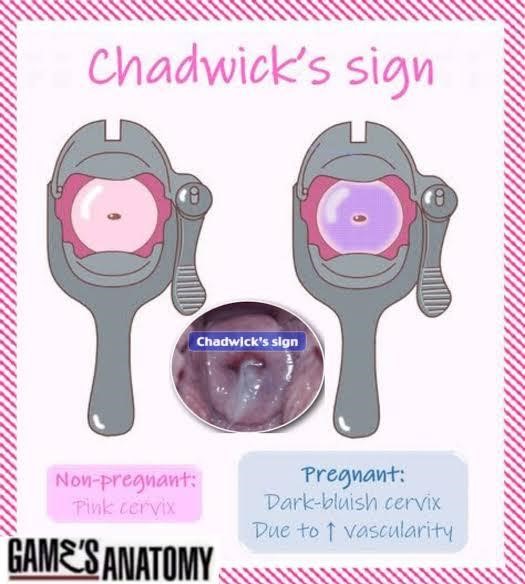A nurse is assessing a client who may be pregnant. The nurse reviews the client's history for presumptive signs. Which signs would the nurse most likely note? Select all that apply.
Nausea
Abdominal enlargement
Positive pregnancy test
Braxton Hicks contractions
Amenorrhea
Correct Answer : A,B,C,E
Choice A Reason: Nausea is a common presumptive sign of pregnancy, especially in the first trimester. It is caused by hormonal changes and may be accompanied by vomiting.
Choice B Reason: Abdominal enlargement is another presumptive sign of pregnancy, as the uterus grows to accommodate the developing fetus. It may be noticeable as early as 12 weeks of gestation.
Choice C Reason: A positive pregnancy test is a presumptive sign of pregnancy, as it detects the presence of human chorionic gonadotropin (hCG), a hormone produced by the placenta. However, it is not a definitive sign, as it may be affected by other factors such as medications, tumors, or false positives.
Choice D Reason: Braxton Hicks contractions are not a presumptive sign of pregnancy, but a probable sign. They are irregular and painless contractions of the uterus that occur throughout pregnancy, but become more frequent and noticeable in the third trimester. They are also known as false labor contractions.
Choice E Reason: Amenorrhea, or the absence of menstrual periods, is a presumptive sign of pregnancy, as it indicates that ovulation has ceased. However, it is not a definitive sign, as it may be caused by other factors such as stress, illness, or hormonal imbalances.
Nursing Test Bank
Naxlex Comprehensive Predictor Exams
Related Questions
Correct Answer is C
Explanation
Choice A Reason: This is incorrect because cervical insufficiency is a condition where the cervix dilates prematurely and painlessly during pregnancy, leading to preterm delivery or second trimester abortion. It is not a common cause of first trimester abortion, which occurs before 12 weeks of gestation.
Choice B Reason: This is incorrect because uterine fibroids are benign tumors that grow in or on the uterus. They may cause heavy bleeding, pain, or infertility, but they are not a common cause of first trimester abortion. They may increase the risk of miscarriage in later stages of pregnancy.
Choice C Reason: This is correct because fetal genetic abnormalities are the most common cause of first trimester abortion, accounting for up to 70% of cases. Fetal genetic abnormalities are errors in the number or structure of chromosomes that occur during fertilization or cell division. They can cause developmental defects or fetal demise that result in spontaneous abortion.
Choice D Reason: This is incorrect because maternal disease is not a common cause of first trimester abortion. Maternal disease refers to any medical condition that affects the mother's health or pregnancy outcome, such as diabetes, hypertension, thyroid disorders, or infections. Maternal disease may increase the risk of miscarriage in later stages of pregnancy or cause other complications such as preterm labor or preeclampsia.
Correct Answer is A
Explanation
Choice A Reason: This is correct because Chadwick's sign is a bluish or purplish discoloration of the cervix, vagina, and vulva caused by increased blood flow to the pelvic area during pregnancy. It is one of the earliest signs of pregnancy and can be observed as early as six to eight weeks of gestation.
Choice B Reason: This is incorrect because Goodell's sign is a softening of the cervix due to increased vascularity and edema during pregnancy. It is another early sign of pregnancy and can be detected by palpation around six to eight weeks of gestation.
Choice C Reason: This is incorrect because Hegar's sign is a softening of the lower uterine segment or isthmus during pregnancy. It is also an early sign of pregnancy and can be felt by bimanual examination around six to twelve weeks of gestation.
Choice D Reason: This is incorrect because Homan's sign is a pain in the calf or popliteal region when the foot is dorsiflexed. It is a sign of deep vein thrombosis, which is a potential complication of pregnancy, but not a normal finding.

Whether you are a student looking to ace your exams or a practicing nurse seeking to enhance your expertise , our nursing education contents will empower you with the confidence and competence to make a difference in the lives of patients and become a respected leader in the healthcare field.
Visit Naxlex, invest in your future and unlock endless possibilities with our unparalleled nursing education contents today
Report Wrong Answer on the Current Question
Do you disagree with the answer? If yes, what is your expected answer? Explain.
Kindly be descriptive with the issue you are facing.
